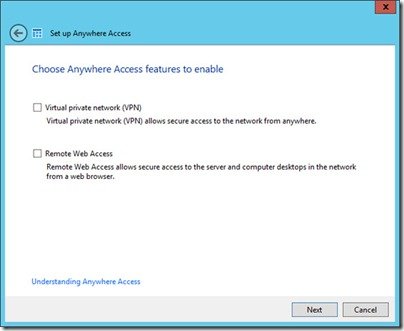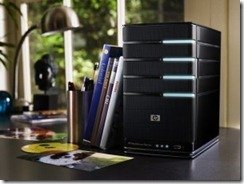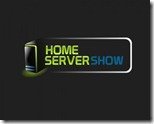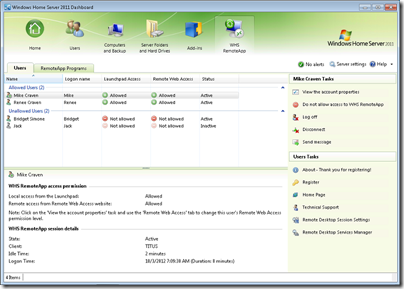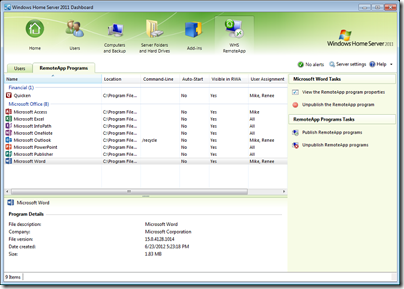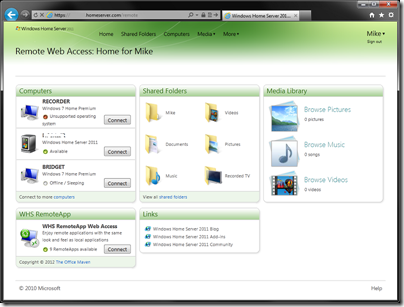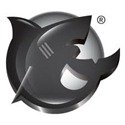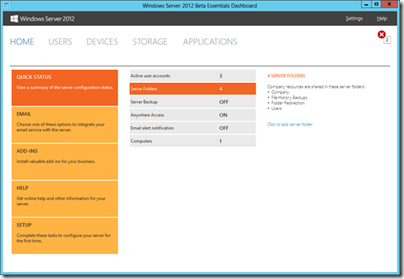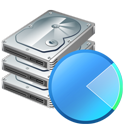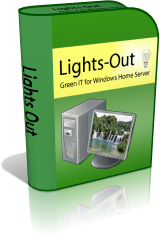By
Philip Churchill on October 04th, 2012
WSE RemoteApp 2012 is an add-in for users of Windows Server 2012 Essentials.
Here’s the details:
WSE RemoteApp 2012 makes it possible for administrators to deliver remote applications (referred to as “RemoteApp programs” or simply “RemoteApps“) to their users. Specifically, WSE RemoteApp 2012 enables a straightforward publishing process that allows applications installed directly on the server to be provided to users, allows RemoteApp programs to run side-by-side with local programs, and offers integration with a custom “launcher” application to make it simple for users to find and launch RemoteApp programs.
RemoteApp programs are programs that are accessed remotely through a special type of Remote Desktop Connection, and appear as if they are running on the end user’s local computer. Instead of being presented to the user in the desktop of the server, as with a traditional Remote Desktop Connection, the RemoteApp programs are integrated with the client computer’s desktop, running in their own resizable window, with their own entry in the taskbar. If the programs use notification area icons, the icons appear in the client computer’s notification area. Any popup windows are redirected to the local desktop, and local drives and printers can be redirected to appear within the RemoteApp programs. Many users might not be aware that a RemoteApp program is any different than a local program.
WSE RemoteApp 2012 provides administrators the ability to group and personalize RemoteApp programs and make them available to individual end users via the WSE RemoteApp Launcher application. WSE RemoteApp 2012 improves the user’s experience, opens new avenues for program deployment, and reduces the amount of administrative effort required to support these programs.
Users can run published RemoteApp programs in two different ways:
- Locally from the server’s Launchpad application that is installed on their computer.
- Remotely from almost anywhere using the server’s built-in Remote Web Access (RWA) website.
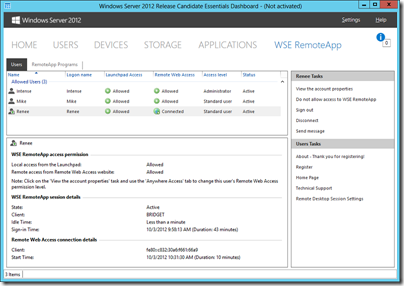
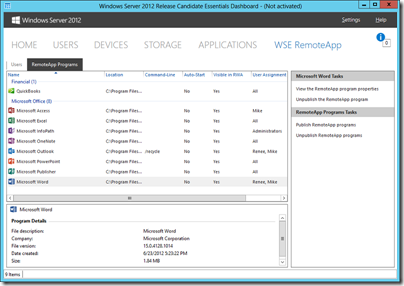
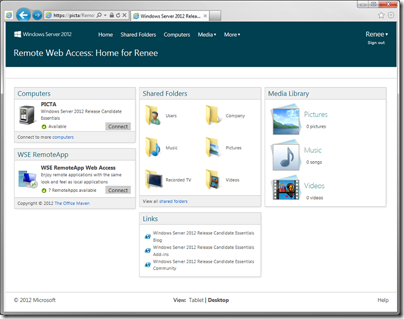
More information on WSE RemoteApp 2012 is available from here.
